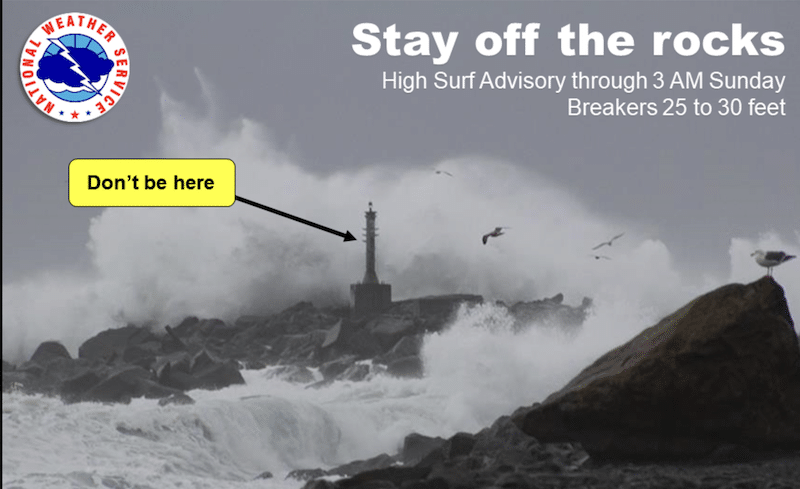"Feels so sad and lonely without him here on Kauai. I can feel his happiness up there with Andy and it makes me smile and cry."
The surf world is in mourning after the death of Phil Irons, the much-loved daddy of Andy and Bruce and granddaddy to Andy’s kid, Axel.
“Grief is a b*tch,” wrote Andy’s wife Lyndie. “Been MIA for a bit sifting through my heartache of losing Axel’s special grandpa. Even though we know it was coming it doesn’t make it easier. Axel and Papa Phil made a pact these last few months leading up to his passing that anytime Axel was in Hanalei he needed to run in the house and give him a hug. Axel is a man of his word and made that happen with not one complaint.
“We spent as much time as we could together. I wrote Papa Phil my favorite memory in a card and he told me that it was his favorite memory together too. When Andy was here and surfing hours on top of hours like he always did. And I would find myself in papa Phil’s house on Weke Rd and we would talk for hours about surfing. I enjoyed every minute.
“I moved to Kauai at 21 but mostly lived on the road but when I was on Kauai in Papa Phil’s house it felt like home. Papa Phil loved his boys deeply and helped them in every aspect of their surfing career. He was a sweet soft loving man that loved us so much. I’m so thankful to have had Phil and Danielle all these years. I miss him deeply.
“When I just got in my truck at the airport yesterday something had died I think in the engine🤢 and I went to pick up my phone to call Papa Phil to to see what I should do and than burst into tears. He has been more of a dad in my adult years. Feels so sad and lonely without him here on Kauai. I can feel his happiness up there with Andy and it makes me smile and cry. Just miss Papa Phil and will try to take the lessons he taught me and use them always.”
View this post on Instagram
An outpouring of condolences followed, from Alex Florence, Jack Robinson, Mick Fanning, Jamie O’Brien, Joel Tudor, Selema Masekela, Luke Egan, Coco Ho, Shane Dorian and more.
“So sad to hear Phil passed. Had some great chats over the years. Sending lots of love to you and Axel,” wrote Mick.
“We’re at that age my dear where our elders are passing us the torch! Love to you and the rest of family!” wrote Tudor.
Californian-born Phil Irons moved to Kauai in 1970 “and spent two years living out of a beachside tent on a diet of rice, bananas, and avocados”.
Andy, who was christened Phillip Andrew Irons, was born in 1978 and Bruce was born the following year.
Phil and wife Daniel divorced in 1989 and Phil moved the nine miles down from Haena and to the beach at Hanalei Bay, a decision that would prove pivotal in the boys’ surfing.
For five hundred bucks a month he rented a hundred-year-old shack from the Hanalei Bay Liquor Store. Danielle rented a joint 150 yards down the road and Andy and Bruce split their time between the pair.
Andy’s son Axel was born on the opening day of the Pipeline Masters in Memory of Andy Irons on December 8, 2010, thirty six days after his daddy’s death.








